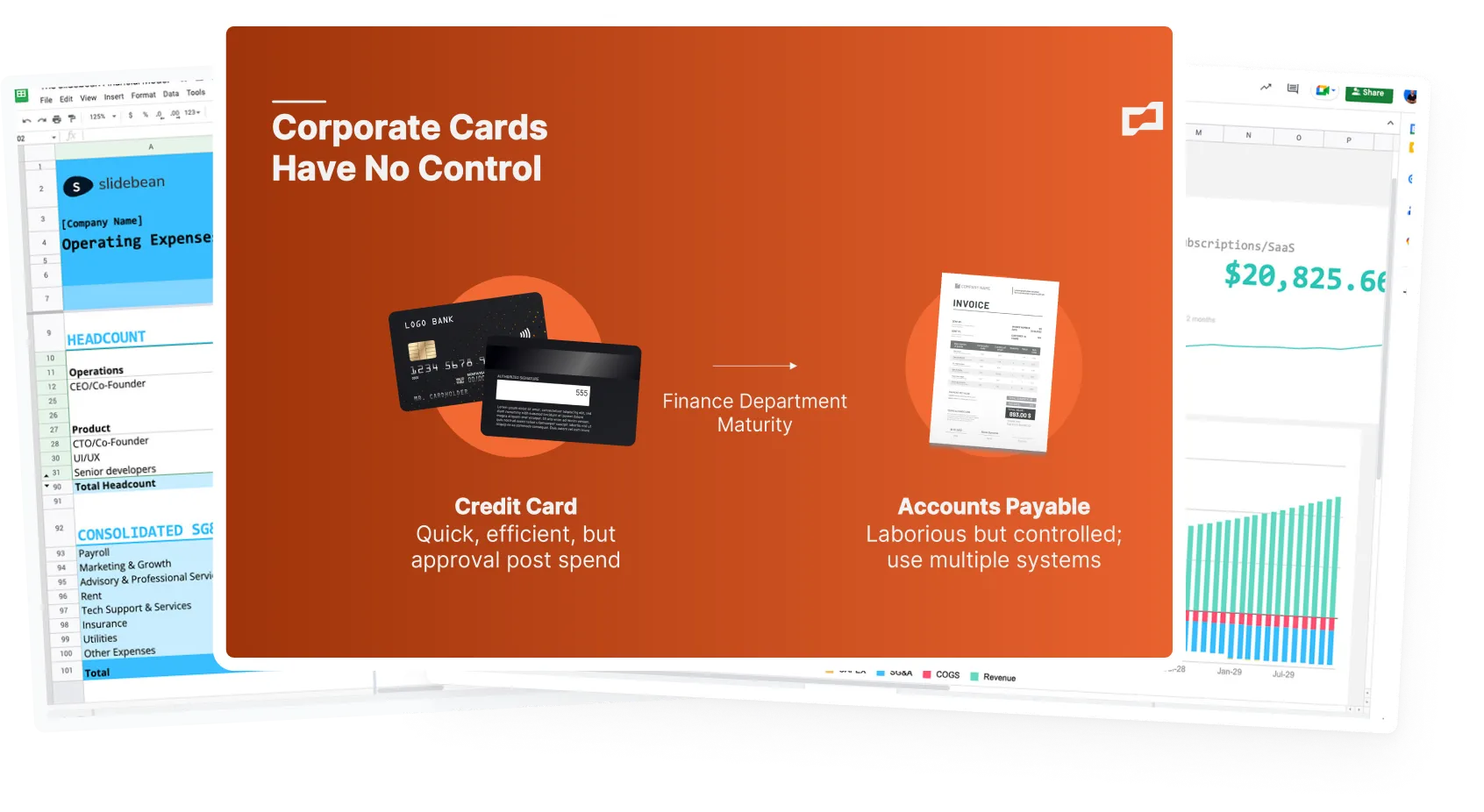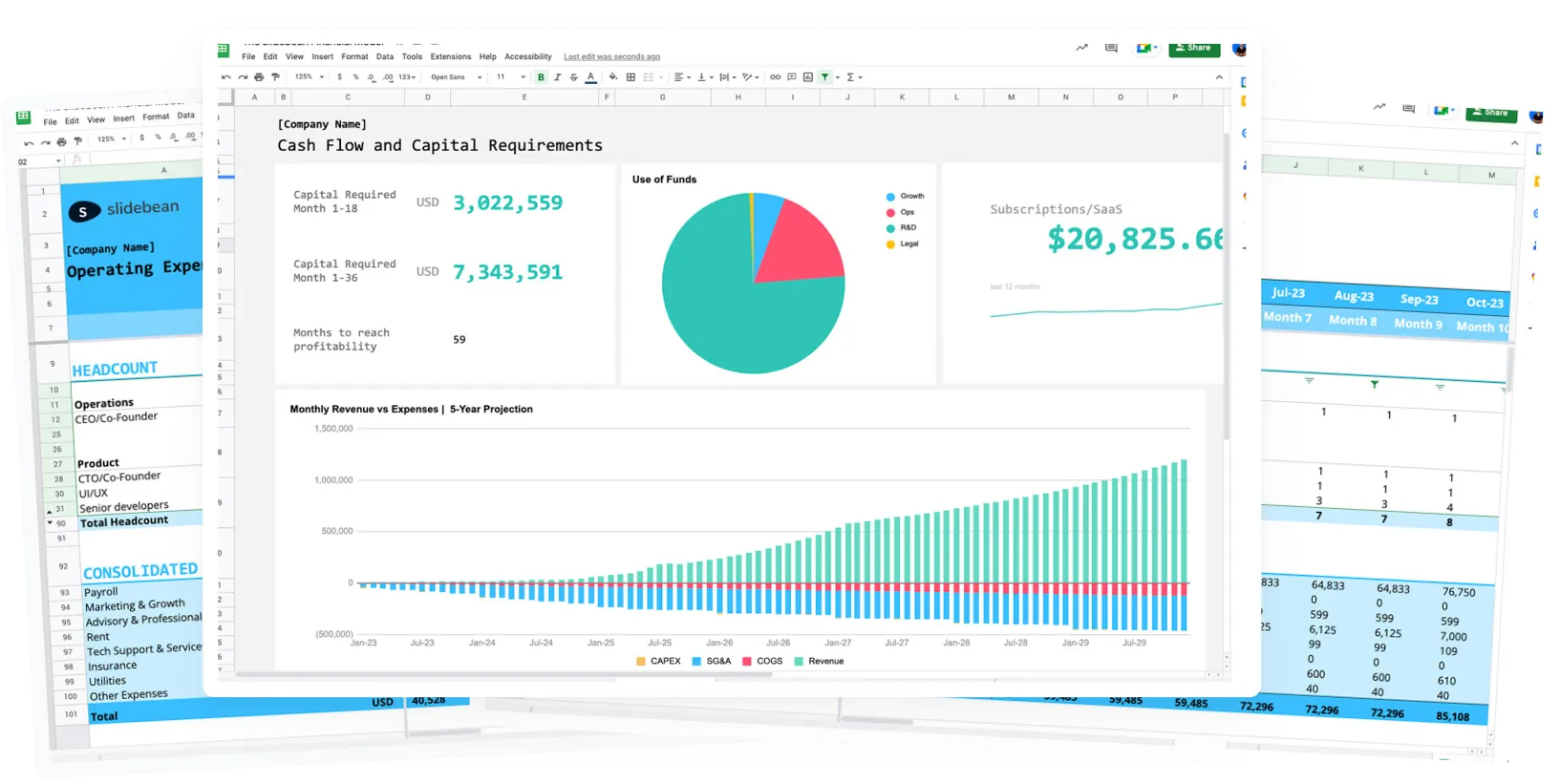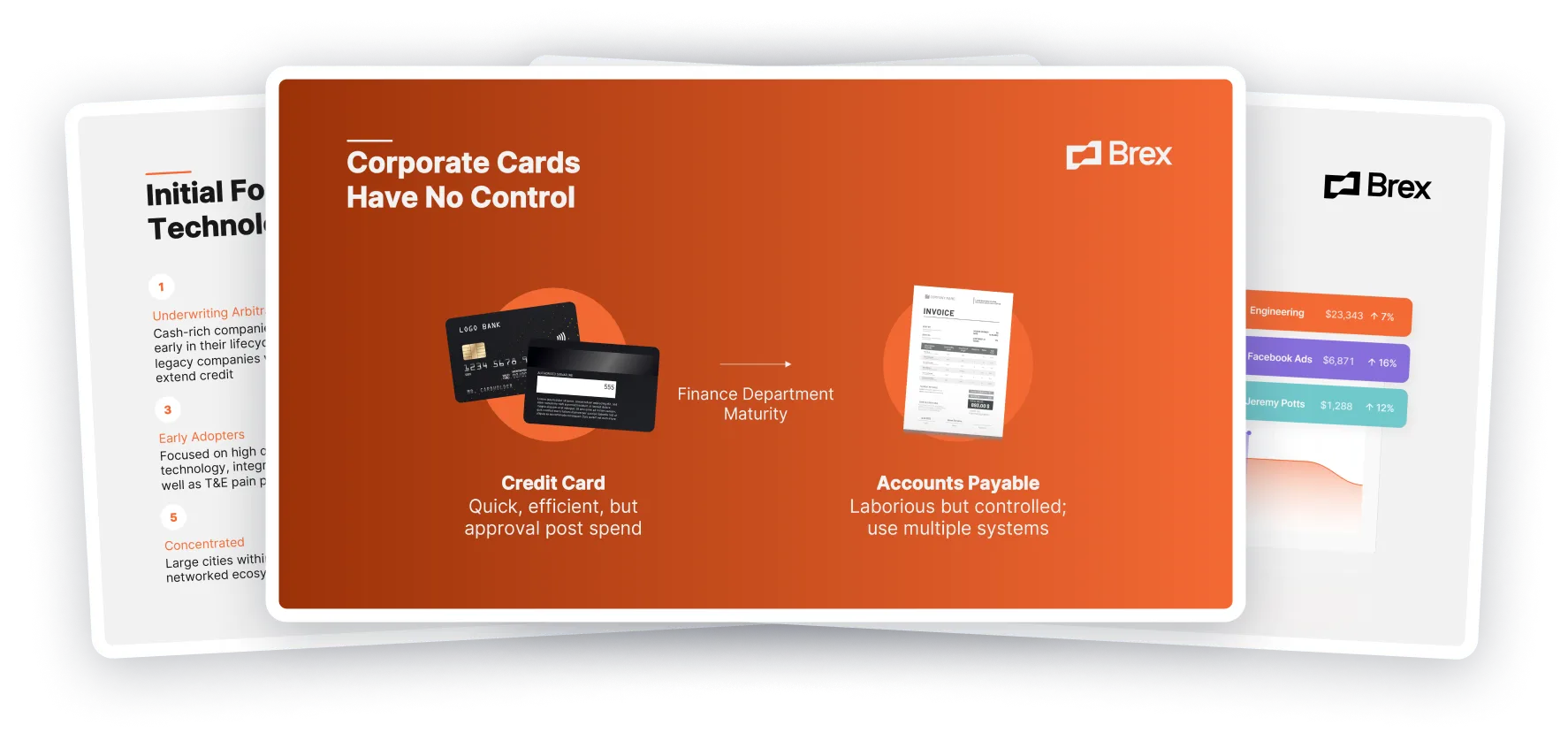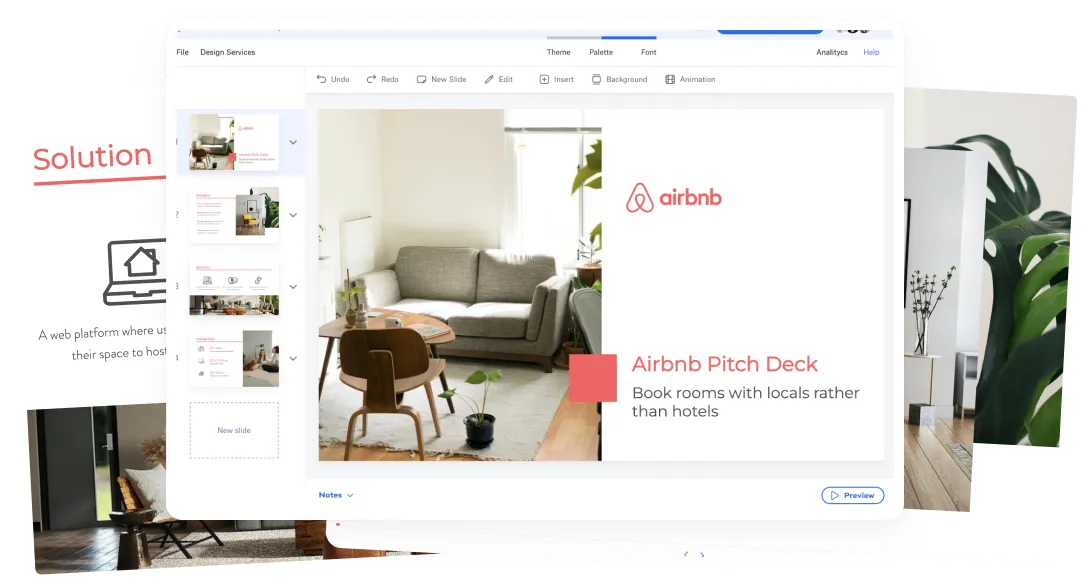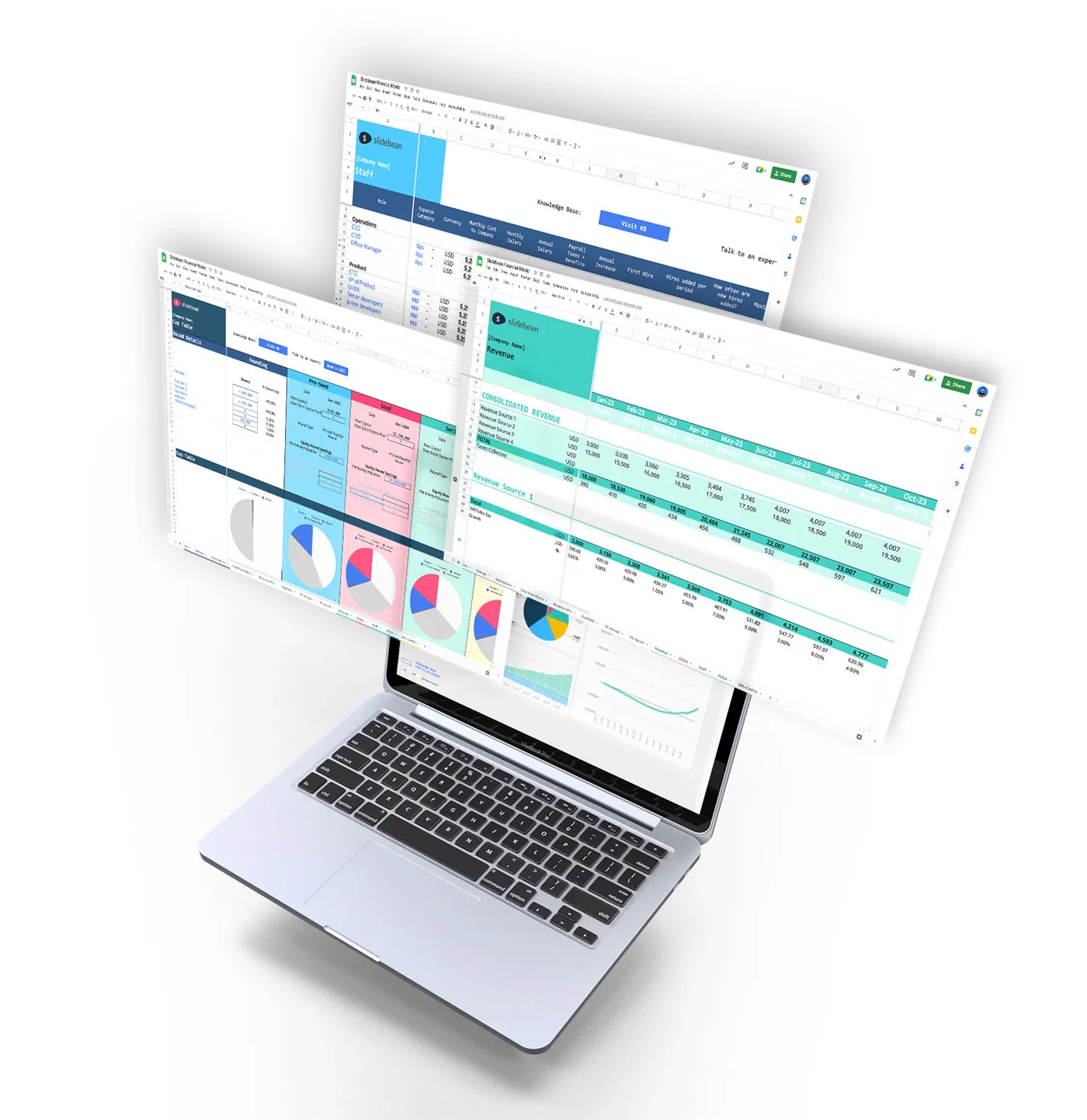12 powerful lead generation tools to boost your customer acquisition

If you’re struggling to find quality leads, you’re not alone. Around 61% of marketers say lead generation is their biggest challenge.
Lead generation is the backbone of any successful sales strategy. It’s pretty simple, right? If your pipeline dries up, you don’t have any business. In a competitive digital world, you can’t afford to ignore lead generation or leave it to chance.
A lead generation tool helps your business discover and connect with potential customers. It uses channels like email, social media, and website visits to attract them. These tools help you prospect customers, automate outreach, and provide valuable data to shape your strategy to save time and boost conversion rates.
If you’re wondering how to make lead generation easier, we’ve got you covered. In this article, we’ll explore 12 lead generation tools to simplify your acquisition process.
No matter the size of the company you run, the right tool can help you capture more leads, build relationships, and close more deals.
Ready to get started? Let’s dive in.
What is a lead generation tool?
A lead generation tool helps businesses find and attract leads. These tools streamline finding prospects, collecting contact information, and nurturing them until they’re ready to convert.
Lead generation tools can take many forms, including:
- CRM platforms that track and manage customer interactions.
- Email finders that help businesses connect with decision-makers.
- Landing page builders that optimize lead capture.
- Sales engagement tools that automate outreach and follow-ups.
- QR Code generators like Uniqode’s QR Code generator that make it easy to direct leads to signup pages, websites, or promotions with a quick scan.
The best thing about lead generation tools? They save you time, boost your company’s efficiency, and raise conversion rates. How? By automating and optimizing various stages of lead generation.
Understanding the lead generation process
Lead generation is all about attracting and capturing the right potential customers. Your exact methods may vary depending on your business model and what industry you’re in. But, for the most part, the lead generation process should involve these five basic steps:
- Attract the right audience: First, you need to know who your target audience is, then use the right kinds of content to attract them. You can use a variety of tactics to get the attention of potential customers, including content marketing, social media, ads (organic and paid), email marketing, and networking.
- Offer value in return for information: Many companies use lead magnets to help with generating leads. A lead magnet can be a free trial, demo, whitepaper, or consultation. They encourage prospects to share their contact details. In the legal field, offering a free case consultation is a common way to offer value, as you see here from Niven & Associates. This helps potential clients talk with an expert about their cases before deciding whether or not to work with them. The most important part of this for the law firm is that potential clients provide their contact information.

- Capture and store lead data: When a prospect shares their info, you have to record it, or else your work has been pointless. Use a CRM platform to organize and track leads effectively. We’ll share a few of our favorite CRMs below in the 12 tools we’ll cover.
- Qualify and prioritize leads: Not all leads are created equal. Most businesses focus on high-intent leads rather than broad outreach. This is especially true in industries where customer demand outpaces capacity. Businesses also do this when they serve a specific segment of people rather than the general population. A law firm like Baumgartner Lawyers targets clients who need representation for personal injury cases, not just any legal need. This focus helps Baumgartner market to people who are the most likely to become clients.
- Convert into paying customers: The final step in the lead generation process is turning those captured and qualified leads into paying customers. Effective follow-up, clear calls to action, and providing the right information at the right time are crucial to closing the deal.
By focusing on these five steps, you’ll create a more effective lead-generation process. The tools in this article will make doing all of this much easier.
But before we get there, let’s talk briefly about the vital role of SEO and content marketing for inbound lead generation.
SEO and Content Marketing: Fueling Inbound Lead Generation
Not all lead generation comes from direct outreach. Some of the best leads find you. SEO and content marketing help businesses attract prospects. They do this by providing decontent that is optimized for search engines.
When done right, these strategies make your website a lead-generating machine because it ranks well on Google and other search engines.
No matter your industry, you can take advantage of SEO-driven lead generation. Here are a few ways to do it:
- Create informative blog content that answers common questions from customers.
- Optimize website pages for high-intent keywords relevant to their audience.
- Use local SEO strategies to attract nearby customers seeking services.
- Create targeted lead magnets, such as free eBooks, guides, or consultations, to get contact info.
Content marketing may be one of the most significant ways to skyrocket your SEO ranking and generate leads at the same time, with over 70% of marketers reporting that their content marketing strategy has increased their engagement and traffic.
By investing in SEO and content marketing, you can make your company’s website a strong acquisition tool, cutting down on your need to pay for ads or do cold calling. Working on your SEO is one of the best ways to generate high-quality leads over the long term.
12 lead generation tools to simplify your acquisition process
Finding and converting leads can be difficult. But the good news is that it’s not impossible if you have the right tools.
Whether you want to automate outreach, capture leads, or gain insights, these 12 tools can help you simplify your sales process.
1. HubSpot Marketing Hub

HubSpot Marketing Hub is an all-in-one platform for inbound marketing. It helps businesses generate, track, and manage leads. It offers marketing automation, email campaigns, landing pages, and a built-in CRM, making it a top choice for lead generation.
Key features:
- A free CRM to store and organize lead data
- Marketing automation for email campaigns and nurturing leads
- Builders for landing pages and forms to capture prospects
- Analytics to track lead behavior and campaign performance
2. LinkedIn Sales Navigator

LinkedIn Sales Navigator is for sales teams and professionals. It helps you find and connect with potential leads on LinkedIn. It offers advanced search filters, lead recommendations, and insights to engage decision-makers.
Key features:
- Advanced lead search with industry, job title, and location filters
- Recommendations based on user interactions
- Real-time alerts for job changes and company news
- InMail messaging to contact prospects outside your network
3. Outreach

Outreach is a sales engagement platform that automates and optimizes sales efforts. It helps teams scale outreach while keeping a personal touch. Features include automated email sequences, call scheduling, and AI-driven insights.
Key features:
- Automated email sequences for personalized outreach
- Call tracking and scheduling tools for better engagement
- AI insights to improve response rates
- CRM integration for efficient lead management
4. Unbounce

Unbounce is a landing page builder that helps businesses convert visitors into leads. With its drag-and-drop editor, businesses can create high-converting pages without a developer.
Key features:
- Drag-and-drop builder for easy customization
- AI-powered “Smart Traffic” feature to optimize conversions
- Pop-ups and sticky bars to capture leads on any page
- A/B testing to enhance campaign performance
5. Hunter.io

Hunter.io is an email-finding tool that helps businesses connect with decision-makers. It finds verified email addresses by searching company domains, ensuring high deliverability for cold outreach.
Key features:
- Email discovery by searching company domains
- Email verification to reduce bounce rates
- Bulk email lookup for large-scale outreach
- Seamless integration with CRMs and email platforms
6. Swarm

Swarm is an excellent tool for making your presentations more engaging and interactive. Unlike traditional slide-based software, it focuses on video-driven discussions, encouraging real-time participation.
You can host live sessions, share recorded lessons, and create a dynamic learning environment where viewers stay actively involved.
This is an excellent tool for companies that have longer sales cycles.
This tends to be companies with high-value products, long-term commitments, or subscription-based services that lead potential customers to need more time to commit.
For example, SparkToro, an audience research tool, hosts monthly sessions called ‘Office Hours’ that dive into marketing strategies that potential clients would want to use for their own businesses.
These video sessions provide free value, and many viewers eventually become customers.

Key features:
- Swarm also offers a 14-day free trial and a live demo to explore its benefits before deciding if it's the right fit for your teaching style.
- If you're looking for a way to move beyond static slides and create a more participatory experience, Swarm is worth trying. It gives you the tools to build a more interactive, community-driven space.
7. Leadfeeder

Leadfeeder tracks website visitors and identifies anonymous ones. It helps businesses turn traffic into leads by revealing company names, contact details, and engagement levels.
Key features:
- Identifies anonymous visitors and tracks engagement
- Provides company and decision-maker contact details
- CRM and email marketing integrations for streamlined follow-ups
- Lead scoring to prioritize high-value prospects
8. Apollo.io

Apollo.io is a sales intelligence platform that offers contact and company data. It helps sales teams find and close deals efficiently by verifying emails and phone numbers as well as automating outreach.
Key features:
- A large database of company and contact information
- Automated email sequences for outbound sales
- AI-powered lead scoring to identify high-potential prospects
- Seamless integration with CRMs and sales tools
9. Lead Forensics

Lead Forensics identifies website visitors and provides real-time insights. It helps companies reach out to potential customers before they fill out a form.
Key features:
- Identifies anonymous visitors and provides company details
- Real-time lead alerts for quick action
- Contact enrichment with decision-maker information
- Integration with CRM for better lead management
10. Salesforce

Salesforce is a powerful CRM platform for managing sales and customer relationships. It has lead tracking and automation features to streamline lead generation.
Key features:
- Advanced lead tracking and scoring to prioritize prospects
- Automation tools for sales and marketing workflows
- AI insights to boost lead conversion rates
- Integration with a wide range of business tools
11. Overloop

Overloop (formerly known as Prospect.io) is a multichannel sales engagement platform. It allows businesses to automate personalized outreach through cold emails and LinkedIn engagement.
Key features:
- Email and LinkedIn automation to engage leads
- Pipeline management to track leads through the sales process
- Built-in email verification to maintain high deliverability
- Team collaboration tools for efficient outreach
12. Slidebean

Of course, we can’t ignore Slidebean. While it’s not a traditional lead-generation tool like these other ten, it helps businesses craft compelling presentations that capture attention and drive engagement. By making it easier to create professional pitch decks, Slidebean helps companies showcase their value, ultimately attracting investors and potential clients.
Key features:
- AI-powered design tools for visually appealing presentations
- Financial modeling templates for investor outreach
- Collaboration features for team projects
- Expert consulting services to refine pitch decks
Best practices to get the most out of your lead generation tools
Having the right lead generation tool is only the first step; a solid strategy is key to unlocking its full potential. A thoughtful approach will help you attract high-quality leads and guide them toward conversion, ultimately boosting your success.
Here are some best practices to keep in mind as you seek to take your lead generation to the next level:
- Know your target audience: We’ve mentioned this before, and it bears repeating: no matter what tools you use, you must clearly define your ideal customer. Knowing your audience's age, interests, and challenges helps you pick the right lead-generation strategies. Knowing this information also forces you to customize your messaging for better results.
- Make your outreach personal: Generic messages typically fall flat on potential customers. Use your lead generation tools to craft messages that focus on each prospect's needs, industry, or pain points.
- Follow up quickly and consistently: Timing matters in lead generation. Automated email sequences and follow-up reminders help ensure that no lead goes cold. Automation is one of the best advantages of using a lead generation tool. It’s far too easy to forget or act too late when you do everything manually.
- Refine your strategy: Regularly review your lead generation efforts using analytics and reporting tools. Find what works best—channels, messaging, and tools. Then, don’t be afraid to refine your approach if you aren’t getting the results you expect or want.
Wrapping it up
Using the right lead generation tools can seriously boost your customer acquisition rate. There are no shortcuts to a successful sales process. However, these tools will increase the speed of your outreach, lead capture, and relationship building.
You've got a lot of options to choose from: CRMs, landing page builders, contact info finders, and more to cover every step of your lead generation process.
No matter which tools you use, stay on top of best practices and adjust your approach as needed to get the best results possible. When you find the right tools and use them the right way, you’ll start to see growth in your business.
Is your business looking for investors or other critical stakeholders? We can help you create a professional, high-impact presentation that makes an impression. Try Slidebean for free today to get started.


